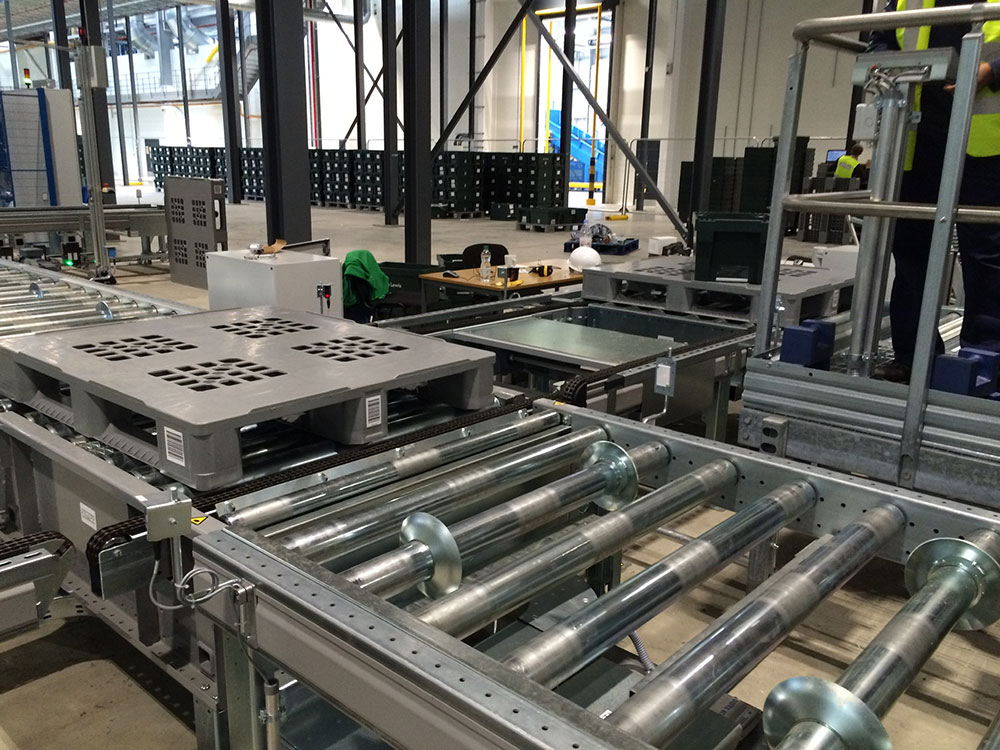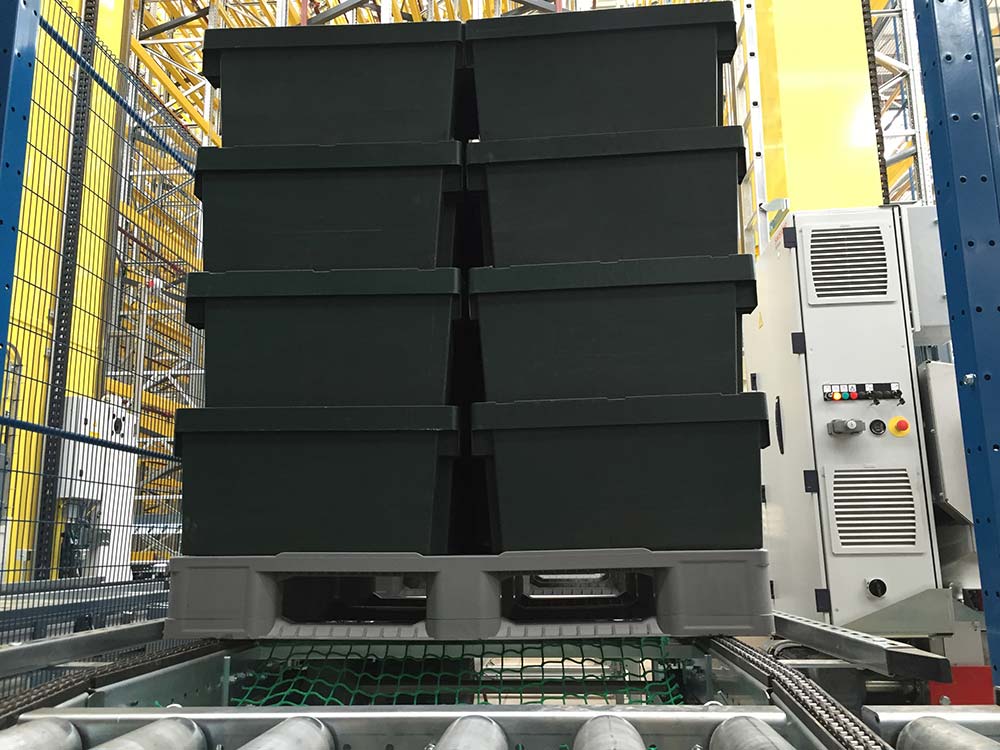Your cart is currently empty!
Plastic pallets: A vital part of any automated system
2022 is the year of automation. More and more organisations are installing automated systems in their warehouses and distribution centres (DC) to help them address challenges such as labour shortages, shifts in buying trends, and the pressure of meeting customer expectations.
Although the primary purpose of today’s warehouse remains the same – storage – the simple warehouse that was once a small part of the supply chain no longer exists.
From managing stock inventory and facilitating storage and retrieval to optimising the dispatch of goods, today’s warehouses are required to perform tasks faster and smarter than ever before 24/7/365. Automating a warehouse enables repetitive tasks to be completed more efficiently and with greater accuracy.
Since launching in 2001, Goplasticpallets.com has been at the forefront of helping warehouses grow and become more efficient. Its reliable and reusable plastic pallets are integral to today’s warehouse and offer the best combination of durability, choice, and cost.
Managing Director Jim Hardisty explains why plastic pallets are the only choice when it comes to automation.
“Heavy-duty plastic pallets are a vital part of an automated warehouse because of their strength, reliability, and ability to be used repeatedly.
“Our APB 1210 Pool pallet has a proven track record in all types of automated handling scenarios, including retail, food production, and manufacturing.
“It has a well-designed structure with a smooth top deck and corners, and no sharp edges. It is moulded under extreme pressure from highly polished moulds, ensuring consistent dimensional accuracy. This construction gives the pallet supreme strength and allows it to move smoothly while transporting goods around all types of automated systems without the risk of loads shifting, which can cause unnecessary disruption and damage.
“This pallet can hold static loads of 5,000kg, dynamic loads of 2,500kg and up to 1,250kg in racking. We know from extensive testing in many systems with different loads, the pallet exhibits very small deflection when under load. If a pallet deflects too much, cranes or shuttles are unable to access under the pallet. This causes the pallet to “ground out” when traversing cross overs between powered roller sections.”
Use the wrong pallet, like a timber pallet, cause disruption. Loose parts jam systems causing lengthy delays, missed shipments, and a huge financial cost to organisations.
Jim continued, “Compared to a plastic pallet, a wooden pallet is weak, unreliable, and will inevitably fail. After a few uses in a rigorous system, nails become loose, splinters appear, and the pallet is deformed. An out-of-shape pallet will cause automated systems to grind to a halt.
“When this happens, there is an impact on productivity. Throughput is at a standstill and orders are unfulfilled, resulting in lost revenue and unhappy customers. Loose nails and wooden debris that enters machinery can result in large repair bills. Then there are health and safety risks. A build-up of wooden debris can pose a fire risk, while splinters and nails can cause injuries to warehouse personnel who are required to clear the machinery. If a wooden pallet fails in a high-bay racking system, then there is the potential of serious, if not life-threatening, injury.
“However, these concerns do not exist with plastic pallets. Plastic pallets are designed for high-repeat use in rigorous handling environments. Its ability to excel in these circumstances means it has a long service through many cycles, proving to be very cost-effective and profitable for businesses.

Last year, we provided expert advice to a global electrical components distributor who was using wooden pallets in its distribution centre. Stock arrived on wooden pallets and was put away in the 15-level high bay store. When orders are received, goods are retrieved and presented to the picker on the pallet. The item is picked, scanned, and sent out.
However, the wooden pallets varied in size and quality and were not up to the task. We recommended our APB 1210 Pool Pallet 5R because of its strength, consistent dimensional accuracy, smooth radiused corner block profiles, and wide flat runners. This pallet moved easily through the automation, rolled well on conveyors, and transitioned through the junctions and intersections in and out of the high bay.
The customer replaced 6,110 wooden pallets with plastic and they are performing perfectly in the high-bay system.

We have the experience and expert knowledge to match or create the perfect pallet for your automated project. Please get in touch with one of the experts 01323 744057
